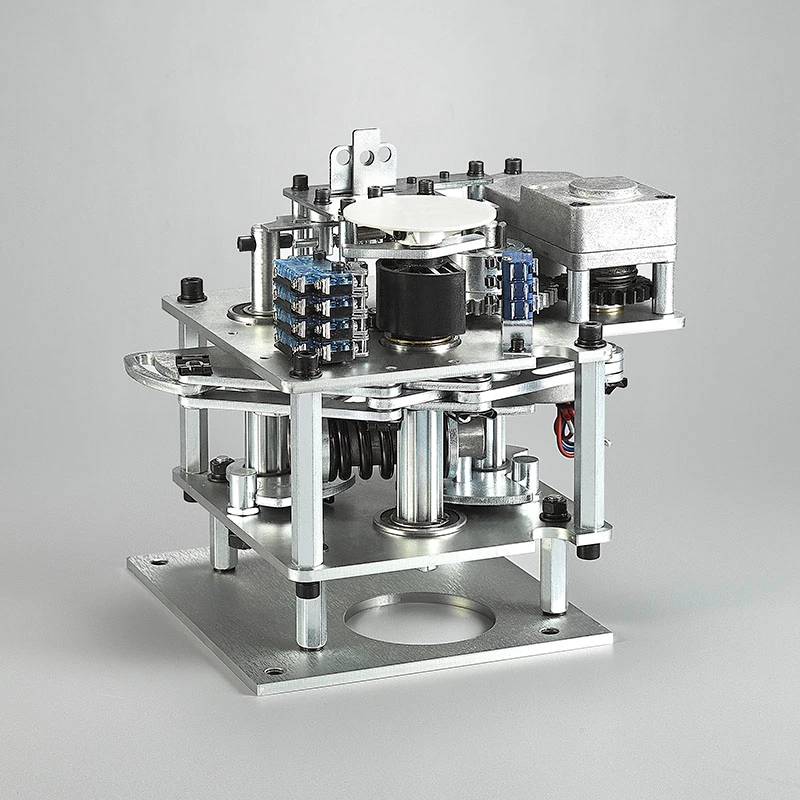Selection And Setting Principles Of Sf6 Circuit Breaker Operating Mechanism
The selection and setting principles of sf6 circuit breaker operating mechanism should be very clear to the majority of electrical designers. In summary, they are:
(1) sf6 circuit breaker spring mechanism should be equipped with overload protection, short-circuit protection, ground fault protection, overvoltage and undervoltage protection according to different fault types of distribution lines and specific project requirements;
(2) The rated current of the circuit breaker should not be less than the calculated current of the circuit; the circuit breaker should be able to meet the requirements of dynamic stability and thermal stability under short-circuit conditions; the circuit breaker used to disconnect the short-circuit current should consider its breaking capacity under short-circuit conditions (limit breaking, operating breaking), short-time withstand current and other factors to meet the requirements of withstanding the large short-circuit current that may occur in the system;
(3) For the coordination of upper and lower circuit breakers in the distribution system, the selection of short-circuit current multiples and short-circuit short delay Selection and setting, etc.;
(4) Different types of circuit breakers should be selected according to different load properties, such as: distribution type, motor type, lighting type, generator type, DC type, etc.;
(5) Circuit breakers should adapt to the environmental conditions of the location; Under special environmental conditions (such as dusty, highly corrosive, fire, explosion, damp heat, high altitude, salt spray, etc.), circuit breakers that meet the environmental use requirements should be selected;
(6) Circuit breaker accessories: such as auxiliary contacts, under/undervoltage, shunt coils, and even operating methods (electric, manual) operating handles, installation methods (fixed/plug/drawer), etc. should also be adapted to the use requirements
(7) There is also the issue of circuit breaker level selection, especially in three-phase four-wire TN-S and TT systems, the selection of four-level circuit breakers should meet the requirements of industry specifications.
There is no problem in setting the circuit breaker according to the principles required by the specifications, but there may be some problems in actual operation. At this time, it is necessary to deal with it according to the specific situation.
For example: for the protection circuit with normal starting equipment, the trip setting value of the circuit breaker should be able to avoid the short-term peak current, but for the fault current, the circuit breaker is required to trip quickly to cut off the fault current; for the selective circuit breaker, the instantaneous trip setting current needs to avoid the fault current of the line protected by the next level switch; the instantaneous trip setting current of the non-selective circuit breaker should be set as small as possible under the condition of being able to avoid the peak current, etc., so in practical applications, it is necessary to coordinate the relationship between each other, which is very important for the reliability of the system.
In addition, when non-selective circuit breakers are used for both upper and lower level protection, according to the setting principle: the long-delay tripping setting current of the upper level circuit breaker should not be less than 2 times of the long-delay tripping setting current of the lower level circuit breaker. However, in actual operation, it is sometimes seen that some non-important circuits with less power outage impact are not completely set according to the setting principle, because increasing the level difference between the upper and lower level circuit breakers causes the cable cross-section to increase; sometimes, even if the level difference between the upper and lower level circuit breakers is increased according to the setting principle, it is impossible to guarantee the effective selective protection coordination.

